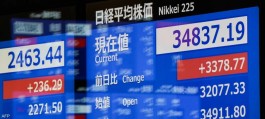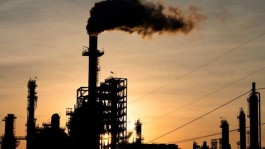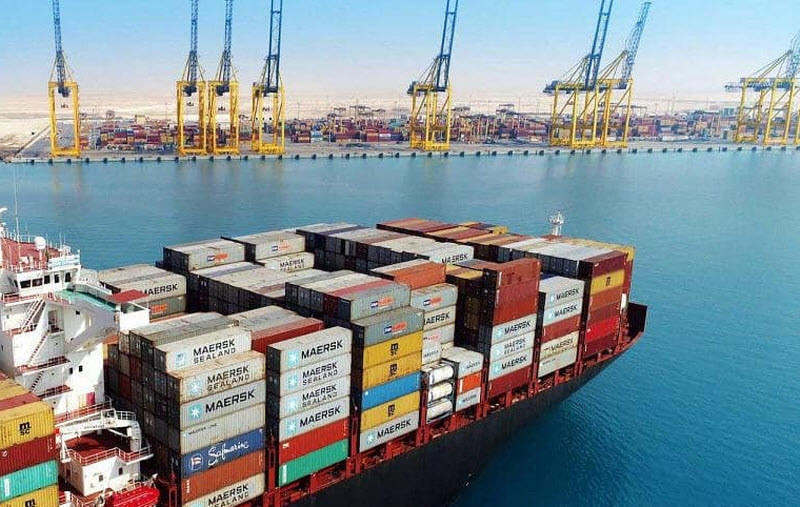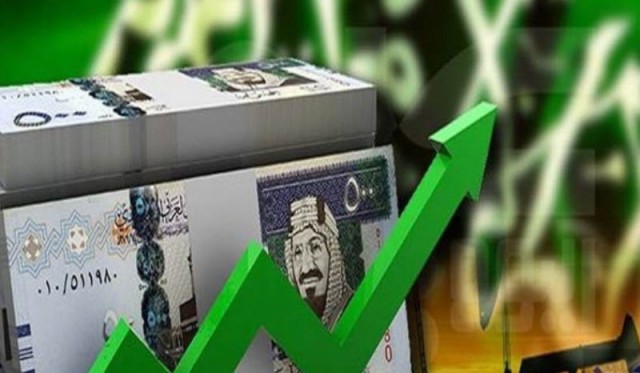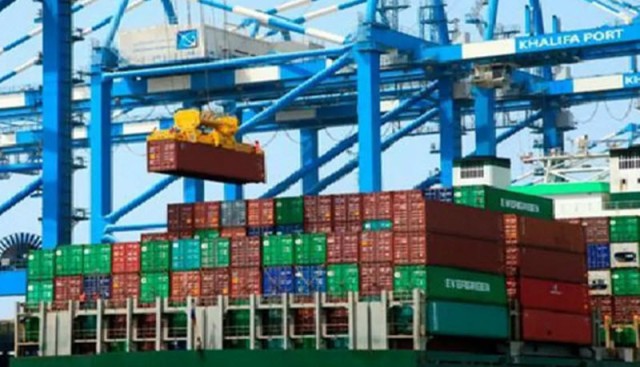The Kingdom of Saudi Arabia recorded a trade balance surplus of about 10.35 billion riyals (2.76 billion dollars) during the month of November of 2020.
According to Arabiya Net, the Saudi General Authority for Statistics said that Saudi commodity exports (oil and non-oil) decreased by 28.1% in November 2020, to 58.15 billion riyals. , Compared to 80.83 billion riyals in November 2019.
She added that the decline was a result of the decline in oil exports by 24.89 billion riyals, by 39.8%, to 37.58 billion riyals, compared to 62.46 billion riyals in November 2019.
According to the data of the General Authority for Statistics, the percentage of oil exports to the total exports decreased to 64.6% in November 2020, compared to 77.3% in November 2019.
The authority said that the value of commodity exports rose by about 354 million riyals, by 0.6% in November 2020, compared to October 2020, which amounted to about 57.8 billion riyals.
>
Non-oil exports rose by 12% in November 2020, to 20.58 billion riyals, compared to 18.37 billion riyals in November 2019.
The most important commodities were plastics and rubber and their products, which represented 28.9% of the total non-oil exports, and rose by 11.6% by about 616 million riyals, on an annual basis.
On the import side, the authority said that it rose by 8.4% in November 2020 to reach 47.8 billion riyals, compared to 44.08 billion riyals in November 2019.
Last Wednesday, official data showed that Saudi Arabia's exports of crude oil rose for the fifth month in a row, reaching a peak of seven months at 6.35 million barrels per day in November.
Saudi Arabia, along with OPEC + producers, which includes the Organization of the Petroleum Exporting Countries and allies, has been shrinking production to support oil prices since January 2017.
and in early January, the kingdom pledged an additional voluntary cut over the next two months.
and it was decided that most OPEC + production levels would remain stable in February, as the acceleration of coronavirus infections puts pressure on fuel demand.



















